Best Small Trees for Your Front Yard
- December 19, 2023
- 0 comment
The front yard serves as a canvas that paints the first impression of your home, setting the stage for the warmth and character that lies within. The thoughtful selection of the right tree is more than just a landscaping decision; it’s an opportunity to significantly enhance the beauty, value, and overall curb appeal of your property. Small trees, in particular, strike a harmonious balance between aesthetic allure and functional practicality, offering a splash of nature’s artistry without dominating the landscape.
In this comprehensive guide, we delve into the world of small trees, perfect for front yard beautification. We’ll explore a curated selection of species that excel in factors such as manageable size, ease of maintenance, and seasonal interest. Whether you seek to create a tranquil retreat, a vibrant display of colors, or a haven for local wildlife, our guide will help you find the ideal tree to transform your front yard into a captivating outdoor sanctuary.
10 Small Trees for your Front Yards
1. Japanese Maple (Acer palmatum)

Characterized by its stunning range of leaf colors and shapes, the Japanese Maple is a splendid choice for creating a focal point in your landscape. It reaches 15-25 feet in both height and width and thrives in zones 5-8. This tree is renowned for its spectacular fall colors, transitioning to bright green or red foliage in spring and brilliant orange, red, or yellow leaves in fall. Care involves a preference for well-drained soil and partial shade, with regular watering during dry periods. For planting, select a sheltered spot to protect its delicate leaves from harsh winds.
2. Crepe Myrtle (Lagerstroemia)

The Crepe Myrtle, varying in size from 3-20 feet depending on the variety and suitable for zones 6-9, is celebrated for its beautiful summer blooms and attractive bark. This tree is ideal for long blooming periods and is notably drought-tolerant. It thrives in full sun and well-drained soil, and benefits from pruning in late winter to encourage new growth. Seasonally, it offers vibrant flowers in summer and visually appealing exfoliating bark in winter. Plant in an area with full sun exposure to maximize flowering.
3. Dogwood (Cornus spp.)
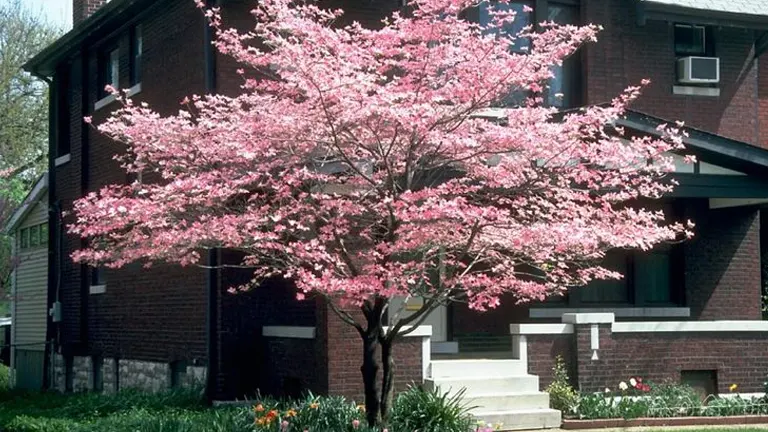
Dogwood, flourishing in zones 3-8 and growing 10-25 feet tall and wide, is known for its beautiful spring flowers, attractive berries, and vibrant fall foliage. They add splendid spring color and attract wildlife. These trees prefer partial shade and well-drained, fertile soil, with mulching recommended to retain soil moisture. Seasonally, they boast white or pink flowers in spring and red berries and foliage in fall. They thrive under the partial shade of larger trees, making them an excellent choice for naturalized gardens.
4. Eastern Redbud (Cercis canadensis)

The Eastern Redbud, with its stunning pink flowers in early spring, is a beautiful addition to any garden. It reaches 20-30 feet in both height and width and is suitable for zones 4-9. This tree is known for its early spring blooms and heart-shaped leaves. It adapts to various soil types but prefers moist, well-drained conditions and requires minimal pruning, mainly for shaping. When planting, choose a location that offers a sunny spot for optimal growth.
5. Saucer Magnolia (Magnolia x soulangeana)

Famous for its large, early spring flowers, the Saucer Magnolia grows 20-30 feet tall and wide and is ideal for zones 4-9. It’s perfect for large, showy blooms and as a specimen plant in your garden. This tree prefers full sun to partial shade and rich, well-drained soil, with minimal pruning required after flowering. Seasonal interest includes large, cup-shaped flowers in spring and lush green foliage in summer. When planting, avoid windy locations to protect its delicate flowers.
6. Dwarf Fruit Trees (Various Species)

Dwarf Fruit Trees are an excellent choice for edible landscaping and dual-purpose decor. Their size generally remains under 10-15 feet, and they adapt to various zones depending on the species. They offer the dual benefits of fruit production and spring blossoms. These trees require full sun and well-drained soil, along with regular pruning and pest management. Seasonally, expect blossoms in spring and fruit in summer or fall. For planting, ensure a location with full sun exposure to encourage healthy fruit production.
7. Cherry Blossom (Prunus spp.)
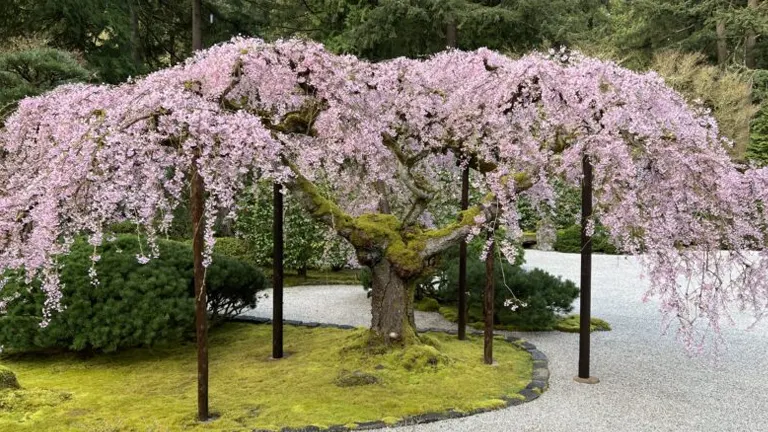
Embodying the essence of spring, the dwarf varieties of Cherry Blossom trees are a poetic tribute to the season’s renewal. Celebrated for their breathtakingly beautiful blooms, they transform any front yard into a spectacular showcase of delicate pink or white flowers. Compact in size, they are an impeccable choice for smaller spaces, introducing a refined and elegant atmosphere that captivates the senses. These trees are more than just a visual delight; they symbolize new beginnings and the fleeting nature of life’s most beautiful moments.
8. Hawthorn (Crataegus spp.)

Hawthorns are a testament to resilience and natural charm. With their stunning array of flowers and bright, cheerful berries, these trees are a beacon of life and color. Typically reaching heights of 15-30 feet, they blend strength with beauty. Ideal for adding a splash of color and vibrancy to any yard, Hawthorns are also champions of the local ecosystem, offering nourishment and shelter to a variety of birds and beneficial insects. Their robust nature and year-round appeal make them a versatile and worthwhile addition to any landscape.
9. Star Magnolia (Magnolia stellata)

As a smaller member of the Magnolia family, the Star Magnolia is a jewel of early spring. Its star-shaped flowers, ranging in color from pristine white to subtle pink, emerge as a herald of the warmer months. Reaching a modest 15-20 feet, it is perfectly suited to smaller yards where space is at a premium. This tree does not just offer a fleeting moment of spring beauty; its elegant form and gracefully shaped leaves continue to enchant throughout the year, making it a perennial favorite for those seeking a blend of sophistication and natural charm.
10. Amur Maple (Acer ginnala)
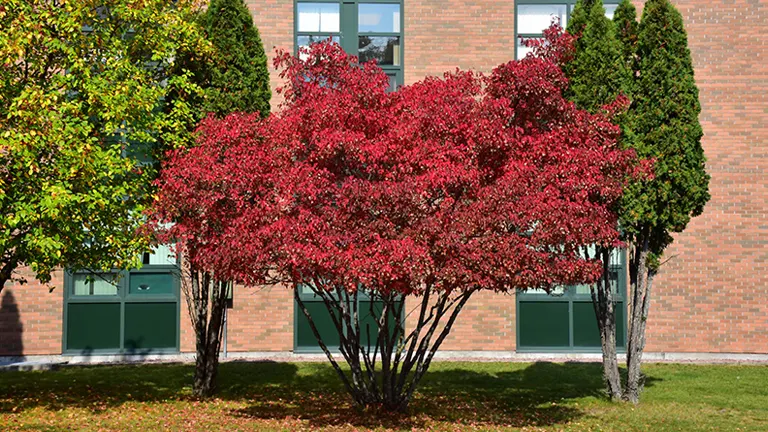
The Amur Maple is a symphony of seasonal colors. In autumn, its leaves turn into a vibrant display of reds and oranges, capturing the essence of the fall season. This smaller maple variety, growing to a manageable 15-20 feet, is a versatile choice for front yards, offering the majesty of a maple in a compact form. It’s not just visually striking; it’s also practical, serving as an excellent option for hedging or adding structure to your garden. Hardy in zones 3-8, the Amur Maple is a resilient and adaptable tree, fitting seamlessly into a variety of landscapes and bringing with it the fiery spirit of autumn.
Environmental Impact
Incorporating trees into your front yard goes beyond mere aesthetics; it plays a significant role in enhancing the environment. Trees contribute to biodiversity, creating a haven for various bird species, insects, and pollinators. Their presence is crucial for pollinator species, which are essential for the health of many ecosystems. Beyond their role in supporting wildlife, trees also improve air quality by filtering pollutants and producing oxygen. In urban settings, they are invaluable for reducing heat, and mitigating the “heat island” effect common in cities with large amounts of concrete and asphalt. By planting a tree, you are not only beautifying your space but also providing vital habitats and contributing to a healthier, more sustainable environment.
Conclusion
Selecting the right small tree for your front yard can have a transformative effect, turning it into a showcase of beauty and biodiversity that lasts throughout the year. When choosing a tree, it’s essential to consider factors such as seasonal interest, benefits to wildlife, and the specific care needs of the species. A well-chosen tree not only enhances the landscape but also plays a part in supporting the local ecosystem. However, the journey doesn’t end with the selection; the key to a thriving tree lies in the ongoing care and attention it receives from the moment it is planted. Through thoughtful selection and dedicated care, your front yard can become a flourishing, vibrant, and environmentally beneficial part of your home.
FAQs
- Can small trees in my front yard impact local wildlife?
Absolutely! Even a single small tree can become a vital habitat for birds, insects, and pollinators. Trees like Dogwoods and Crepe Myrtles provide food and shelter, playing a crucial role in maintaining local biodiversity. - How do I choose a small tree that will thrive in my specific climate?
It’s important to select a tree that is suited to your USDA Hardiness Zone. Each tree listed in our guide includes zone information. Additionally, consider your local soil conditions and the amount of sunlight your yard receives. - Are there small trees that can add privacy to my front yard?
Certainly! Trees like the Eastern Redbud can provide a degree of privacy without overwhelming the space. When planted in a row or as part of a mixed border, they create a natural screen. - How can I ensure my small tree survives its first year?
Proper watering is key. Ensure that the tree gets enough moisture, especially during dry spells. Mulching can help retain soil moisture and protect the roots. Also, avoid fertilizing immediately after planting to prevent root burn. - Can small trees coexist with power lines or other overhead obstructions?
Yes, but careful selection is crucial. Dwarf varieties or trees with a naturally small stature, like the Japanese Maple, are ideal for areas with overhead constraints. - What are some eco-friendly care tips for my small tree?
Opt for organic mulch, such as shredded leaves or bark, to enrich the soil naturally. Use organic fertilizers or compost, and practice water conservation techniques, like collecting rainwater for irrigation. - How can I use small trees to reduce my carbon footprint?
Trees are natural carbon sinks, meaning they absorb carbon dioxide from the atmosphere. By planting trees in your yard, you’re directly contributing to the reduction of greenhouse gases. - Are there flowering small trees that don’t attract bees, for allergy concerns?
While most flowering trees will attract some pollinators, varieties with less conspicuous flowers, like certain types of Magnolias, may attract fewer bees. - Can I grow fruit trees in my front yard without attracting unwanted wildlife?
While fruit trees can attract wildlife, proper maintenance, like regular pruning and harvesting, can minimize this issue. Choose dwarf fruit tree varieties to keep the fruit more contained. - What’s the best small tree for year-round interest in a small front yard?
Trees like the Crepe Myrtle offer year-round interest with seasonal blooms, attractive bark, and lush foliage, making them ideal for small spaces requiring continual visual appeal.

David Murray
Forestry AuthorI'm David Murry, a forestry equipment specialist with a focus on chainsaw operation. With over 13 years of experience, I've honed my skills in operating and maintaining a wide range of machinery, from chainsaws to log splitters. My passion for the outdoors and commitment to sustainable forestry drive my work, which emphasizes safety, efficiency, and staying updated with industry advancements. Additionally, I'm dedicated to sharing my expertise and promoting environmental awareness within the forestry community.




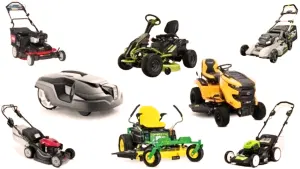

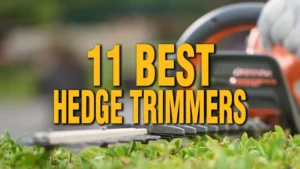




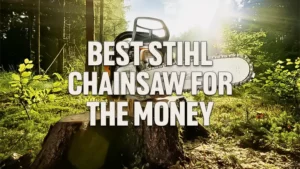

Leave your comment